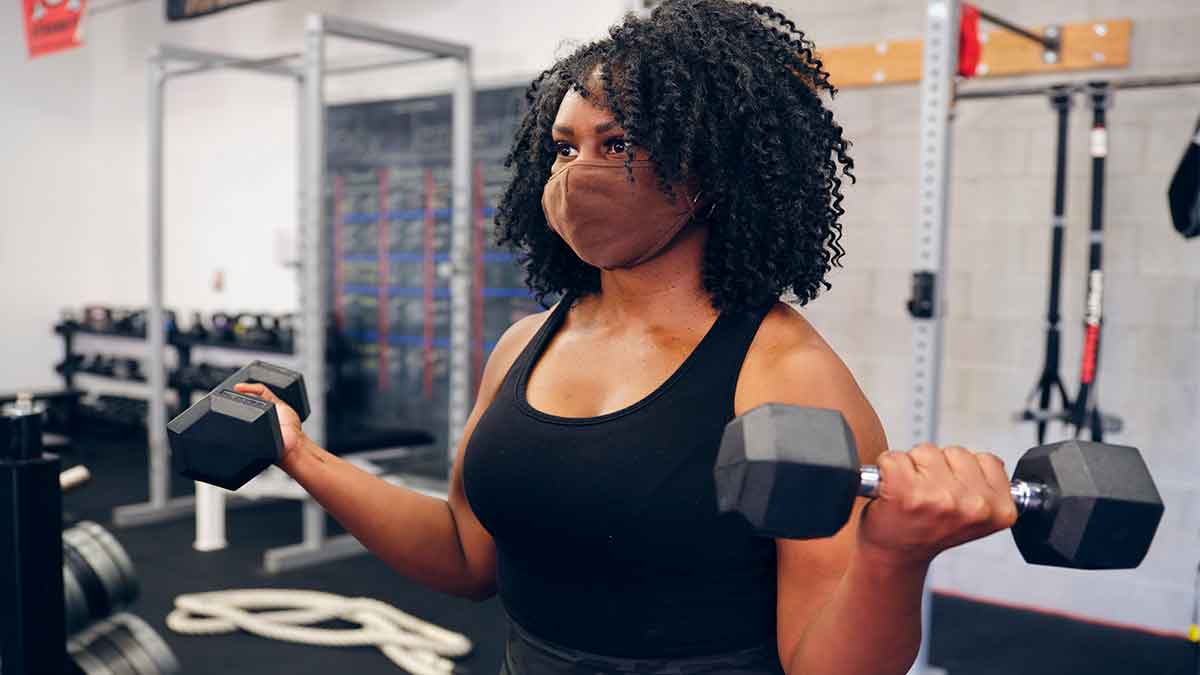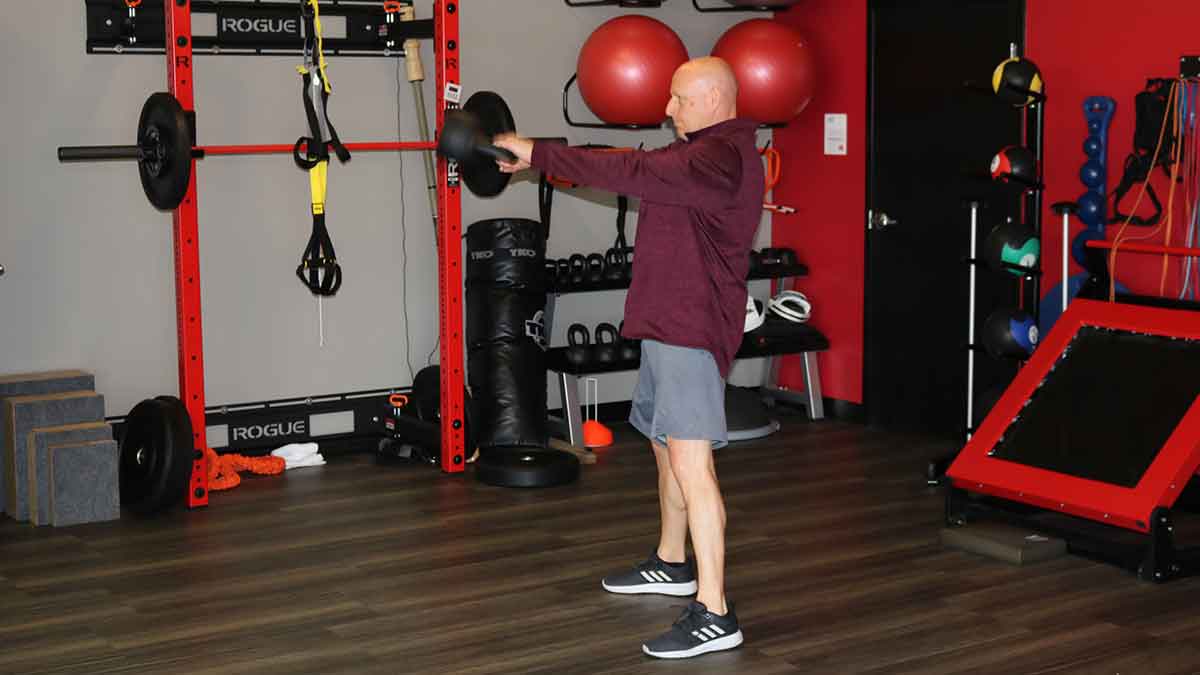Are you strong enough?

Are you doing enough work (strength training in particular) to ensure your ability to be independent, functional in life and continue with your favorite hobby or sport? Strength is diminished with aging, but it is trainable and loss is preventable.
The loss of skeletal muscle mass and strength with age is associated with increased risk of functional impairment, poor quality of life, physical frailty and premature death. But muscle weakness isn’t an inevitable part of aging.
While many people use resistance exercise, the actual work they do can be inadequate to give them the benefits they seek or need.
Some people don’t do any resistance exercise, especially as they get older, thinking, “I’m getting older, I need to take it easy.” This couldn’t be further from the truth.
Basically, muscle is made up of two types of fibers, type I and type II. Type I is more aerobic in nature and type II is more about strength and power. Type II fibers are most affected by the aging process.
Getting better with age
Research shows that at about 50 years old, your type II muscle fibers significantly decrease. This leads to a progressive decrease in your ability to overcome gravity (which never goes away), making it difficult to get out of a chair, climb stairs, walk and complete many daily activities. As this advances, you may find yourself significantly limited in your ability to be independent.
The good news is that this can be avoided with proper strength training. Everyone has a baseline level of function. Layered on top of that baseline is your level of strength and fitness. The combination of those factors will determine how much above baseline you function.
For example, a very weak and deconditioned person is functioning just above this threshold. If that person sustains an injury, the additional deconditioning and strength loss from the injury may cause them to drop below this baseline of function, affecting their ability to be independent. Compare that to a person with a high level of strength and fitness. The same injury will cause them to drop in function but, because they have a greater reserve, they may recover faster and maintain their independence.
While strength can be improved at any age, the older or more deconditioned you are the harder it is to regain optimal strength and fitness. The moral of the story is don’t fall so far down the rabbit hole and become so deconditioned and weak that when unpreventable circumstances occur (illness, aging) you lose the ability to enjoy life the way you once did.
Fighting against gravity
Our bodies handle a significant amount of force throughout the day with basic activities. The question is, are we maintaining/increasing our muscle strength in a way that optimizes our body’s ability to produce and reduce forces against gravity? Are we lifting and, if so, are we lifting heavy enough?
Let’s use walking as an example to illustrate how much force you encounter during the day. Every time your foot hits the ground, you’re encountering forces one and a half to three times your body weight. If you’re taking 6,500 steps in a day and you weigh 150 pounds, your body is subjected to almost 2 million pounds of force. (150 pounds X two times your body weight = 300 pounds of force for each step. 300 pounds X 6,500 steps = 1,950,000 pounds of force for the day.)
If you don’t regularly engage in resistance training as you age, you’re going to feel the effects of those daily 2 million pounds of force a lot more. If you do strength train, it’s not enough to say “I lift weights.” Are you lifting heavy enough and with the correct exercises/technique to maintain the strength required for daily living? Are you doing enough work (sets x reps x weight = total work) to make a real difference?
Take a 150-pound person doing three sets of 10 reps of squats with a 20-pound weight (600 pounds total work) with the goal to increase lower extremity strength for improved function, and compare that to the same person doing squats for three sets of 10 with 100 pounds. That would equate to 3,000 pounds of total work in that one exercise. You could do this type of calculation with each exercise to get the total work for all the exercises you did in that session. Who’s doing more work and who’s going to improve function faster?
You need to consider other factors and limits, such as fitness level, pain, previous injuries, arthritis etc., as you approach strength training and the need to continually train throughout your life. How much resistance training is enough for us to combat the effects of aging? I’m not sure we know the exact answer to that, but what we can do is ensure we’re utilizing basic strength and conditioning principles and progressions required for true strength gains. That means moving into the lower repetition range with heavier loads approaching 80 to 90% of your maximum. Progressing from three sets of 12 in the initial phase to three to four sets of six to eight repetitions to ultimately using three to five sets of three to five repetitions gives you an idea of progressing from light weight to heavy weight.
How to get started
You shouldn’t start with these high workloads, but you need to consider challenging yourself with heavier weight lifting. Don’t be afraid to load on the weight. Most people can do more work than they think. They just need a little push (guidance). There are plenty of good qualified professionals to assist you if you are unfamiliar with proper strength training.
Chris Kolba is a physical therapist at The Ohio State University Wexner Medical Center.




